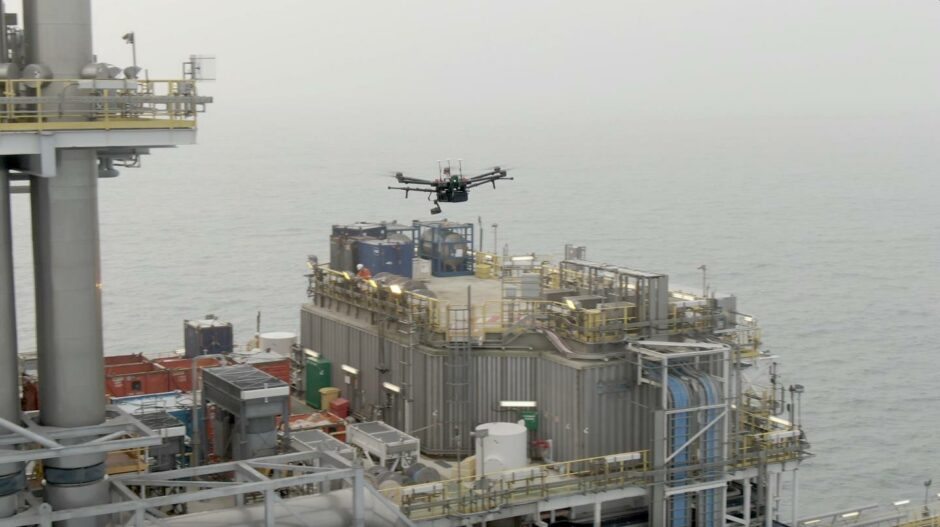
Trade body Offshore Energies UK (OEUK) has launched new guidelines to help oil and gas firms reduce methane emissions from the production of oil and gas.
The guidelines follow publication of the organisation’s Methane Action Plan (MAP) last year, as a core deliverable of the joint industry-government North Sea Transition Deal (NSTD).
Methane is one of the most potent greenhouse gases (GHGs) in the world’s atmosphere today, having 20 – 86 times the impact than that of carbon dioxide.
Globally, the oil and gas industry is the third-largest emitter of methane, after agriculture and waste.
Around 56% of the UK sector’s emissions come from venting – direct emission to the atmosphere – and another 31% from burning the gas in flares.
The MAP set out a series of priorities for the sector including emissions quantification, a 50% reduction in total methane emissions and a reduction in methane intensity – overall emissions of the GHG from operations as a percentage of oil and gas production – to below 0.2% by 2025, a target set by the Oil and Gas Climate Initiative (OGCI).
It also recommended companies and offshore installations devise their own plans of action by Q4 2022, with specific plans in place for assets, wells and the supply chain.
OEUK’s emissions improvement manager Thibaut Cheret said: “Reducing emissions from production means the UK can keep making its own oil and gas while people still need it – supporting British jobs, consumers, the economy and our climate goals.”
Mr Cheret noted that the offshore oil and gas industry represents 2.7% of total UK methane emissions, but that the sector recognises more can always be done.
“These guidelines will help steer the sector on its journey to net zero, showing wider leadership as to what can be achieved, even in a mature basin,” he added.
“We now hope companies bring the guidelines to life through their own individual action plans as we continue to work with organisations over the next six months to really move the dial in terms of emissions reduction and monitoring improvements.”
One operator keen to remain at the head of the pack is Neptune Energy, which has set itself a methane intensity target of 0.0015% by 2025.
UK country director Alan Muirhead told Energy Voice: “I think the need to tackle methane is far better understood today and the introduction of the guidelines is a really positive step that shows our industry is serious about tackling emissions from its operations. It’s also an opportunity to share best practice on how operators can identify methane sources, accurately measure the emissions and plan actions to mitigate them.”
Mr Muirhead said the company already has “one of the lowest methane intensities in the sector”, at 0.01%, and is on track to meet its target of net zero methane emissions by 2030.
“We’ve also been working with the Environmental Defense Fund, using rotor and fixed-wing drone technology, to measure methane emissions at our operated Cygnus platform in the UK, and develop plans to tackle them,” he added.
“It’s a really positive example of the innovative approaches our industry is taking.”
Recommended for you

 © Supplied by Neptune Energy
© Supplied by Neptune Energy